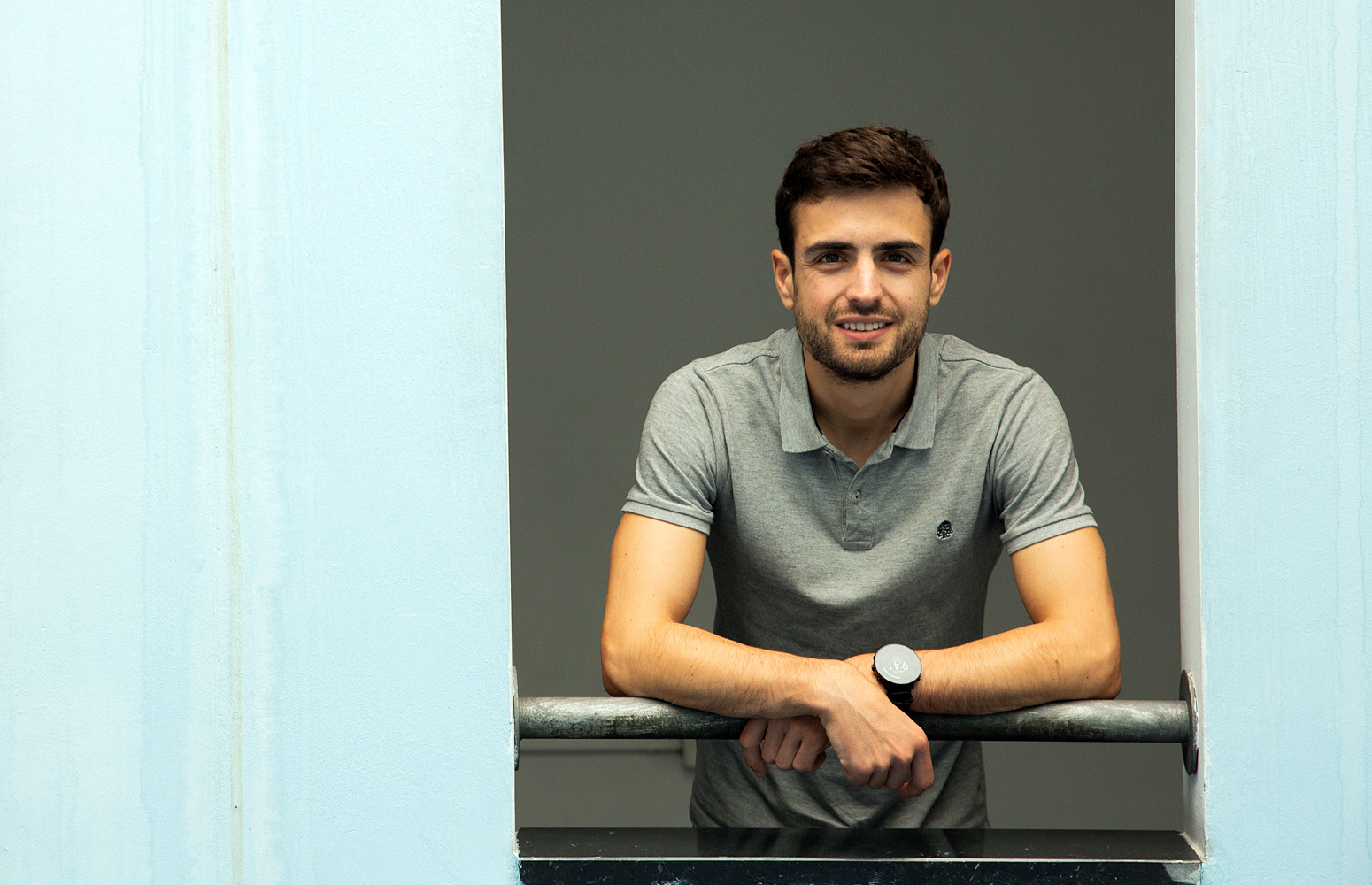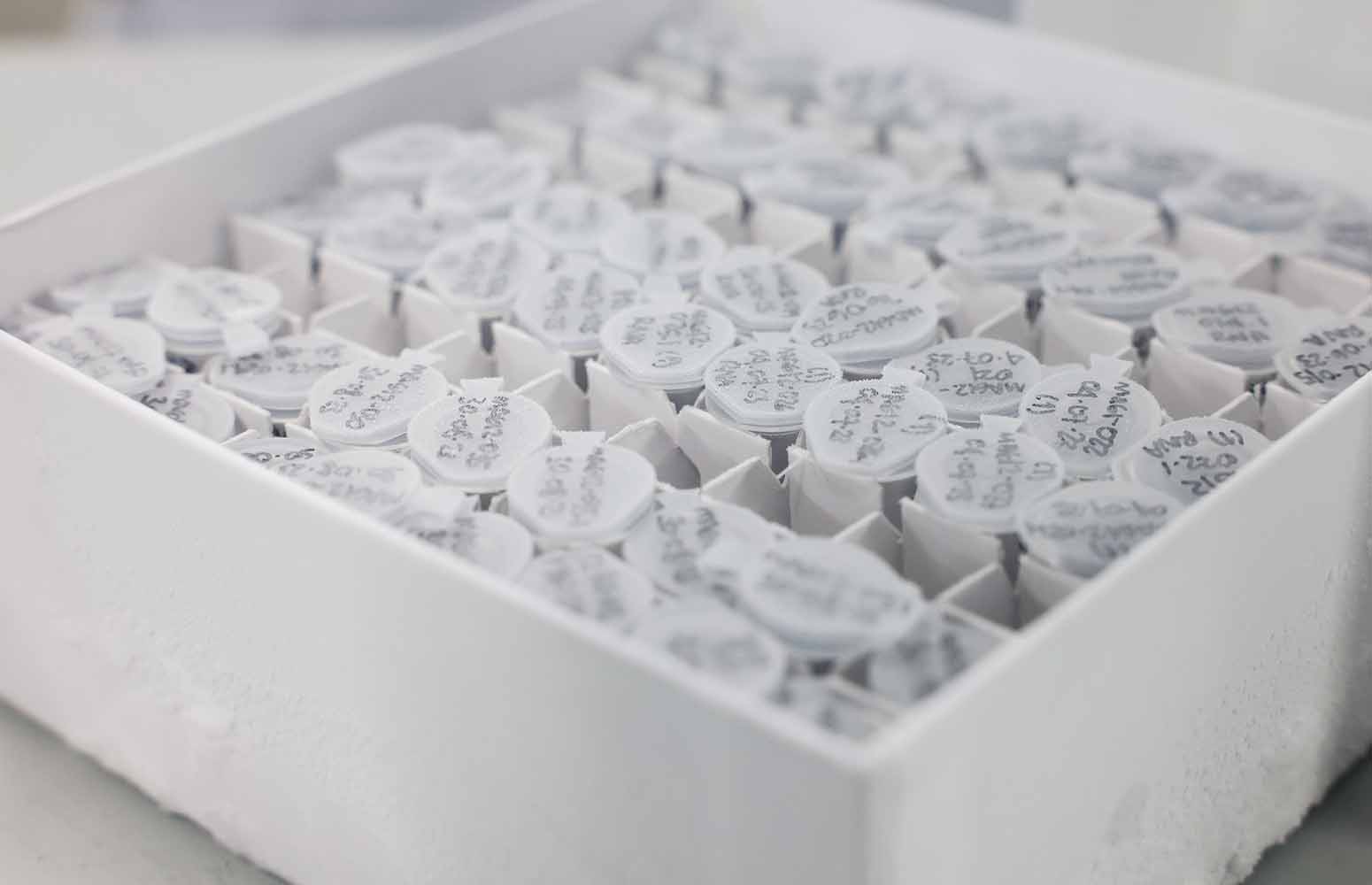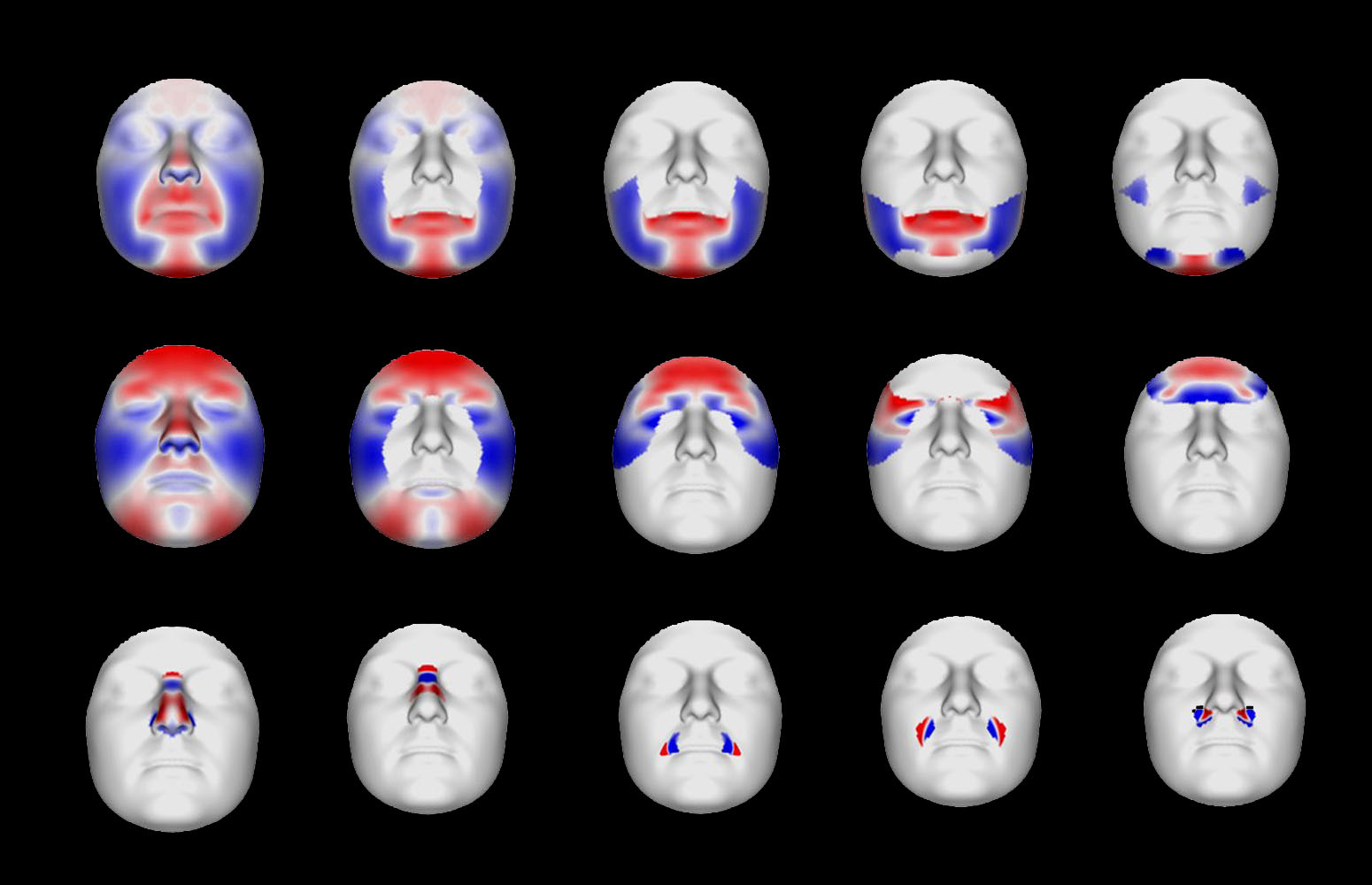Markel Arbulu has developed a resource to assess whether the strategies for implementing the energy renovation of housing are sustainable from the perspective of environmental and economic sustainability. The simulation tool incorporates life-cycle, user behaviour and economic uncertainty perspectives and will provide an opportunity to address the lack of spatial planning relating to the energy transition of housing stock, which is needed to achieve the decarbonisation objectives of the European Union.
The first tool for planning the energy renovation of buildings is developed
The tool designed by the CAVIAR group of the University of the Basque Country (UPV/EHU) will help to formulate housing regeneration policies to meet the European Union’s decarbonisation requirements
- Research
First publication date: 09/07/2024

According to European Union regulations, long-term rehabilitation strategies need to be implemented to achieve the energy transition of building stock. The UPV/EHU researcher Markel Arbulu-Dudagoitia is concerned that “the renovation work is carried out randomly; that neither in the BAC (Basque Autonomous Community) nor in Spain is there any general plan, strategy or methodology relating to the energy regeneration that needs to be carried out in housing in order to meet Europe’s obligations in terms of reducing carbon emissions in an orderly manner”.
The CAVIAR group researcher has developed a tool that will help to formulate building rehabilitation policies and plans that meet European Union requirements. This simulation tool enables the strategies for the energy regeneration of housing to be assessed from an environmental and economic perspective, taking various parameters into consideration: life cycle, the efficiency of the renovation work, user behaviour, and a constantly changing economic scenario.
Parametrically, many possible scenarios are considered at the same time: “It can be used to analyse all possible scenarios that may exist in an area or city,” explained Arbulu. In fact, the rehabilitation work can be hugely varied, such as the implementation of thermal insulation, the replacement of windows or heating systems, the installing of solar panels, etc. The tool also takes into consideration different types of buildings (single family, multi-family, etc.), many user behavioural profiles (e.g. some users live at 22 °C in winter, whereas others at 16 °C, etc.) and various economic situations (depending on the rate of inflation). In addition, from a life cycle perspective, the researchers have taken into account, for example, what will happen to the materials used for renovation works as a result of the passing years.
Energy rehabilitation plan for homes in the BAC
“So far there has been no effective methodological tool that says what needs to be done in this respect to reduce carbon emissions in an area or in a city. The results obtained with this tool that we have created indicate which channel can be followed to drive forward the decarbonisation process, taking into account all possible situations in a specific location,” explained the UPV/EHU researcher. So the purpose of this tool is not to conduct the examination of a single dwelling. “It can be applied anywhere in the European Union, as we have designed it in line with European Union criteria,” Arbulu explained.
The tool has been used to draw up a plan for the decarbonisation process of the housing stock of the Basque Autonomous Community: “We are proposing that the decarbonisation process in the BAC be carried out in three stages. We have assessed which strategy would need to be followed for each building type, when it is appropriate to implement it, the economic profitability of the renovation works, how far that impact would be reduced etc. And based on all that, we have calculated what level of decarbonisation will be achieved,” said Arbulu.
The UPV/EHU researcher pointed out that “the tool has great potential. For the time being, energy models have to be produced manually, but in the next step we want to use public geo-referencing data for this purpose (i.e. data that provide specific locations on the earth’s surface). And so this assessment will of course be a tool allowing one to do the whole assessment in practically one click. Once these latest works have been completed, we will be in a position to expand the public code.”
Additional information
Markel Arbulu-Dudagoitia graduated in architecture at the UPV/EHU’s School of Architecture in Donostia/San Sebastian; he obtained a Master's in Research in Energy Efficiency and Sustainability in Industry, Transportation, Building and Urban Planning and is currently working on a PhD in Energy Efficiency and Sustainability in Engineering and Architecture at the UPV/EHU.
This simulation tool is based on the results of the thesis of CAVIAR researcher Xabat Oregi.
Bibliographic reference
- Parametric simulation tool for the enviro-economic evaluation of energy renovation strategies in residential buildings with life cycle thinking: PARARENOVATE-LCT
- Energy and Buildings
- DOI: 10.1016/j.enbuild.2024.114182




